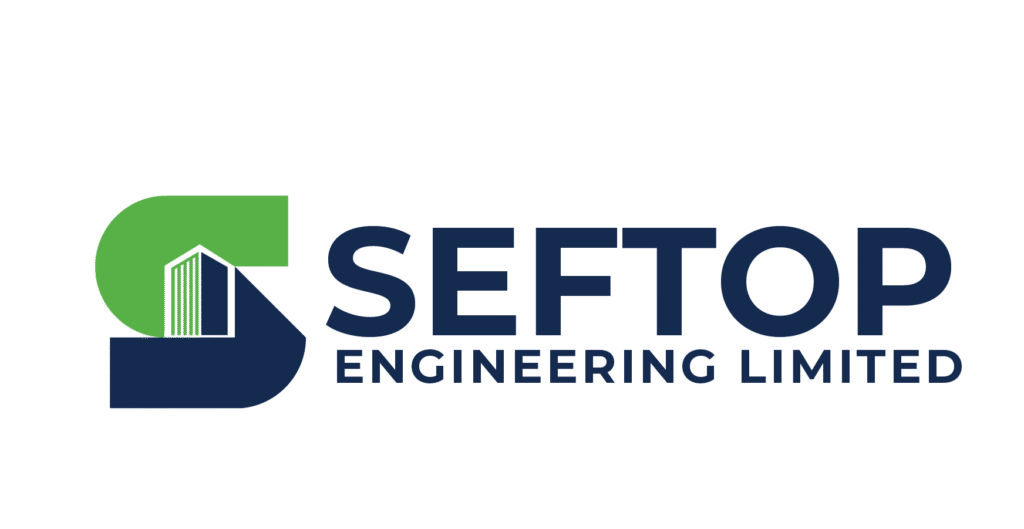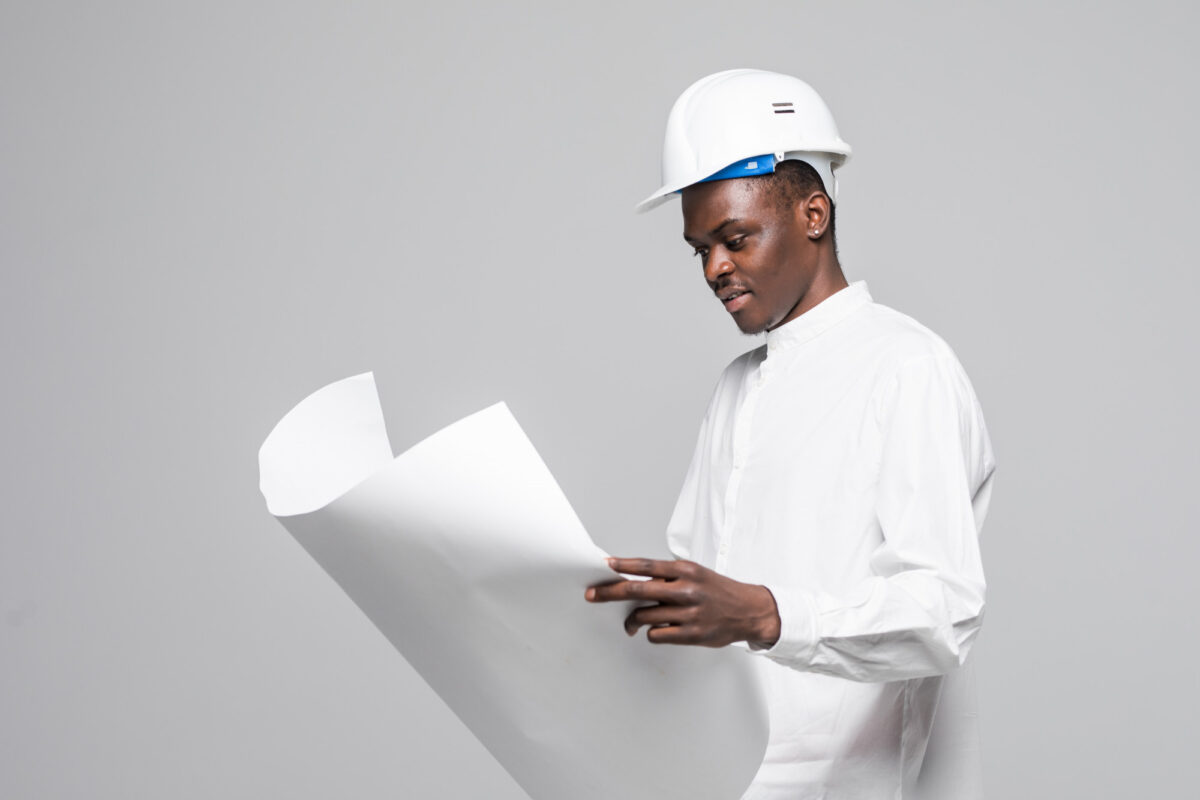For decades, the skyline of Nigeria’s major cities has been a testament to the resilience and ingenuity of its engineers. From the sprawling bridges connecting communities to the towering structures defining our urban landscape, the civil and structural engineering sector has been the bedrock of national development. However, the industry is undergoing a profound transformation, moving from traditional drawing boards and manual calculations into a new era defined by digital innovation. At Seftop Engineering Limited, we are not just witnessing this change; we are leading it, harnessing cutting-edge technologies to deliver safer, smarter, and more sustainable projects for Nigeria.
The integration of technology is reshaping every phase of a project’s lifecycle—from conception and design to construction and maintenance. Here’s how:
1. The Digital Blueprint: Building Information Modeling (BIM)
Gone are the days of relying solely on 2D drawings, which often led to clashes, errors, and costly on-site revisions. Building Information Modeling (BIM) has revolutionized the design process. BIM creates intelligent 3D models that are more than just visual representations; they are rich data repositories.
- Clash Detection: BIM software automatically identifies conflicts between structural, architectural, and MEP (Mechanical, Electrical, and Plumbing) systems before construction even begins. This proactive approach saves millions of Naira in rework and delays.
- Enhanced Collaboration: All stakeholders—architects, engineers, contractors, and clients—can collaborate on a single, shared model. This fosters better communication and ensures everyone is working from the latest information.
- Project Visualization: Clients and communities can now “walk through” a project virtually, providing invaluable feedback and fostering a deeper understanding of the outcome.
At Seftop, our adoption of BIM ensures that our projects, from complex residential towers to critical infrastructure, are designed with unparalleled precision and efficiency from the outset.
2. Data-Driven Decisions: Drones and Geospatial Mapping
Land surveying and site inspection, once time-consuming and sometimes hazardous tasks, have been revolutionized by drone technology. Equipped with high-resolution cameras and LiDAR sensors, drones provide:
- Accurate Topographical Data: We can rapidly map vast areas of land, capturing precise elevation and contour data essential for site planning and earthworks.
- Progress Monitoring: Regular drone flights provide real-time, aerial views of construction progress, allowing for better project management and reporting.
- Improved Safety: Inspecting tall structures, bridges, or unstable terrain can now be done remotely, significantly reducing risks to our personnel.
By integrating this geospatial data with our design software, we ensure our structures are perfectly suited to their environment, mitigating risks associated with unforeseen site conditions.
3. Precision and Efficiency: Advanced Software and Automation
The computational power of modern engineering software allows us to push the boundaries of design while adhering to the highest safety standards. Finite Element Analysis (FEA) software enables us to simulate how structures will behave under various loads—from gravity and wind to seismic activity—ensuring resilience and integrity.
Furthermore, automation is streamlining workflows. Automated reinforcement detailing, report generation, and quantity take-offs reduce human error and free up our highly skilled engineers to focus on innovative problem-solving and creative design.
4. Building for the Future: Sustainable Materials and Smart Infrastructure
Technology is also driving sustainability. We are now exploring the use of:
- Self-Healing Concrete: This innovative material contains bacteria that produce limestone to fill cracks, potentially drastically extending the lifespan of our infrastructure.
- 3D Printing: While still emerging in Nigeria, 3D printing of structural components promises to reduce waste, lower costs, and allow for more complex architectural forms.
Looking ahead, the concept of Smart Infrastructure is becoming a reality. We are designing structures embedded with sensors that monitor health in real-time—tracking stress, strain, and corrosion. This data allows for predictive maintenance, ensuring the longevity and safety of bridges and buildings long after construction is complete.
Seftop Engineering Limited: At the Forefront of Innovation
In a rapidly evolving Nigerian construction landscape, embracing technology is no longer an option; it is a necessity. It is the key to overcoming longstanding challenges related to cost overruns, project delays, and safety concerns.
At Seftop Engineering Limited, our commitment is to deliver excellence. By integrating BIM, drone technology, advanced simulation software, and a forward-thinking approach to sustainable materials, we are not just building structures; we are building a smarter, more resilient future for Nigeria.
We are leveraging these tools to enhance our core services in structural design, project management, and construction supervision, ensuring that every project we undertake is a benchmark of quality, innovation, and reliability.
Partner with us to experience the future of engineering, today.



